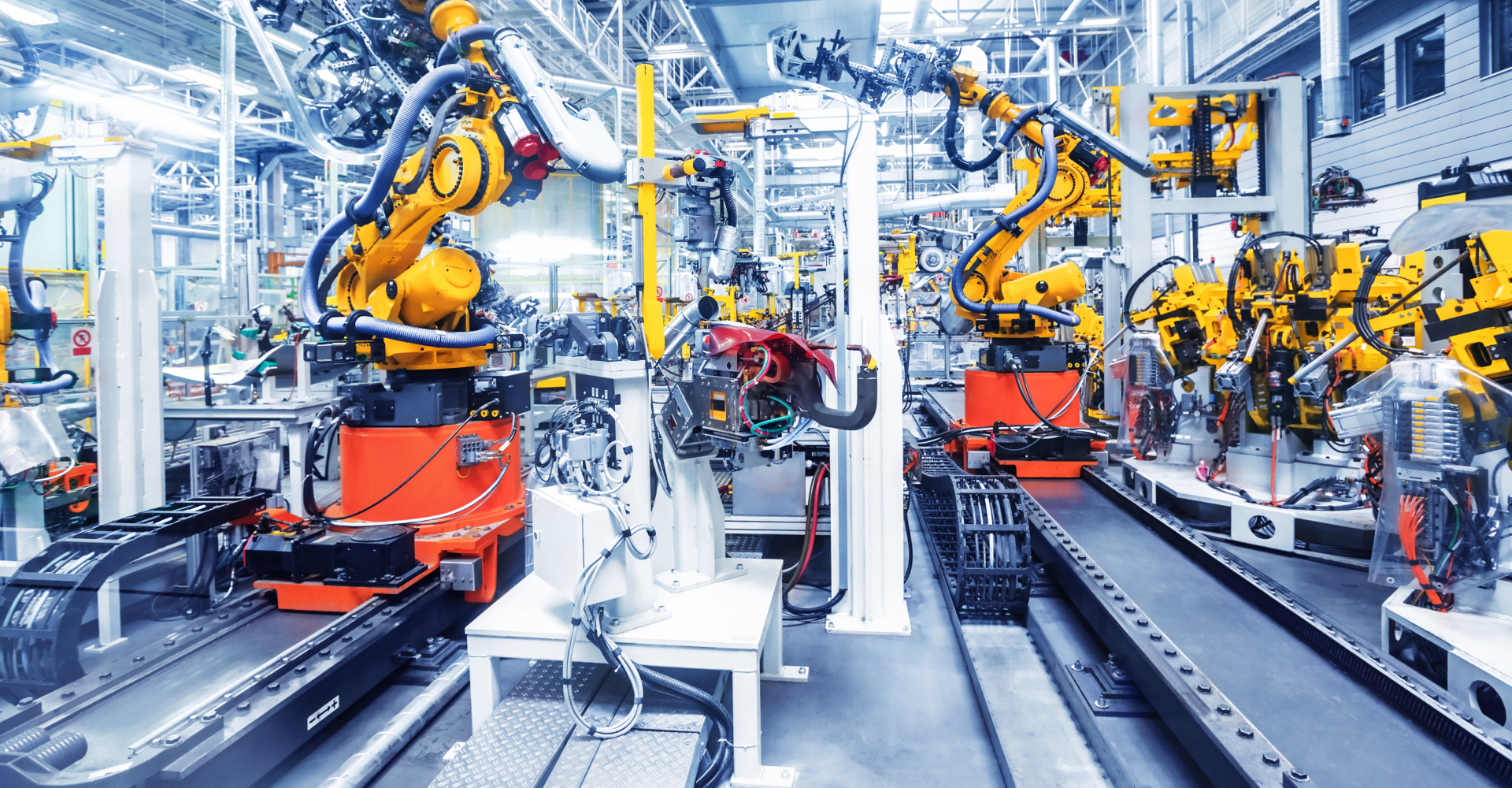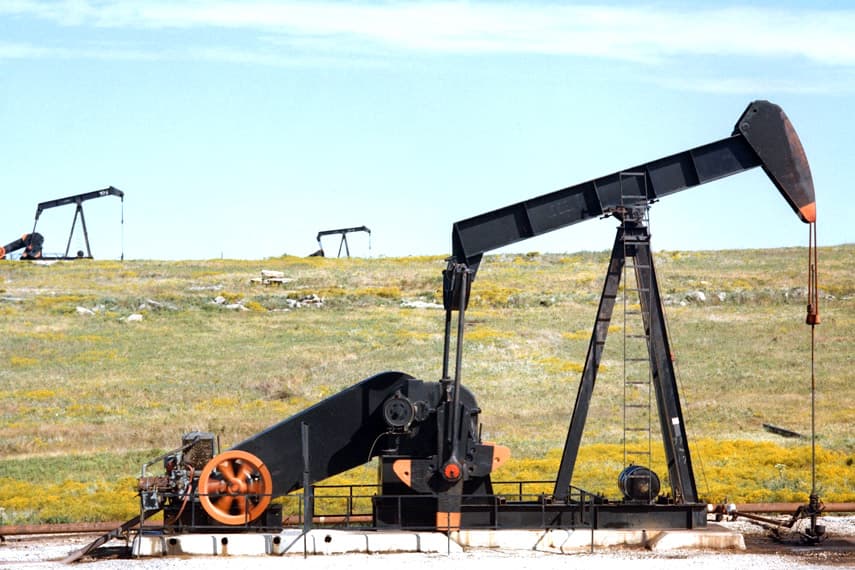
Industrial Automation
Industrial automation is reshaping the landscape of manufacturing and production across various sectors, ushering in a new era of efficiency, precision, and innovation. From robotic assembly lines to smart sensors and data analytics, industrial automation technologies are transforming the way businesses operate, increasing productivity, reducing costs, and improving quality. Let's delve into the world of industrial automation and explore its key components, benefits, and impact on modern industries.


1. Components of Industrial Automation:
Industrial automation encompasses a wide range of technologies, systems, and processes designed to automate and optimize manufacturing and production activities. Some key components include:
Programmable Logic Controllers (PLCs)
PLCs serve as the brains of industrial automation systems, controlling machinery, equipment, and processes through logic-based programming.
Robotics and Automated Machinery
Robots and automated machinery perform repetitive tasks with precision and consistency, increasing efficiency and reducing manual labor.
Sensors and Actuators:
Sensors detect physical parameters such as temperature, pressure, and position, while actuators control mechanical devices and systems based on sensor inputs.
Human-Machine Interfaces (HMIs):
HMIs provide intuitive interfaces for operators to monitor and control industrial processes, facilitating seamless interaction between humans and machines.
Industrial Networking and Communication:
Industrial networks and communication protocols enable connectivity and data exchange between devices, systems, and control elements, ensuring seamless integration and interoperability.

